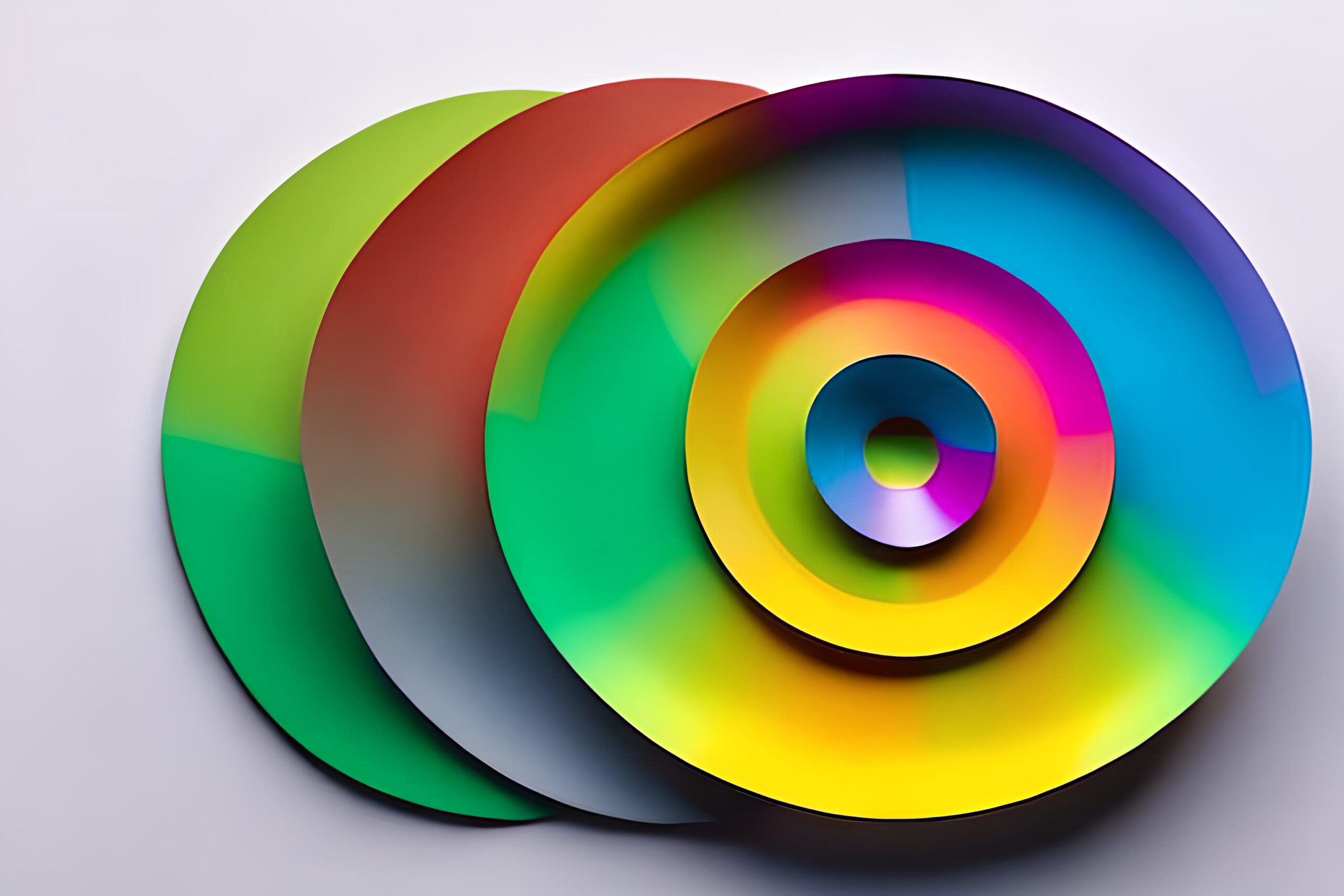What is the difference between cmyk and rgb?
A Deep Dive into CMYK vs. RGB

Demystifying CMYK: The Subtractive Power of Inks
Exploring the World of RGB: Additive Magic on Screens
The Art of Color: A Symphony of CMYK and RGB
CMYK and RGB, though distinct in their approaches, work together in a beautiful synergy to paint our visual world with vibrant colors. While these color models might not be directly relevant in the command-line world, the underlying principles of color creation are still important for various digital creation tools accessible through the terminal. Some image processing tools accessed through the command line might even allow you to specify colors using CMYK or RGB values. Understanding these models empowers you to make informed decisions when working with color in digital formats, ensuring your creative vision comes to life exactly as you intend.

1.20 min
episode 02
The sweetest music this side of heaven
1.20 min
episode 02
The sweetest music this side of heaven


Leave a Reply